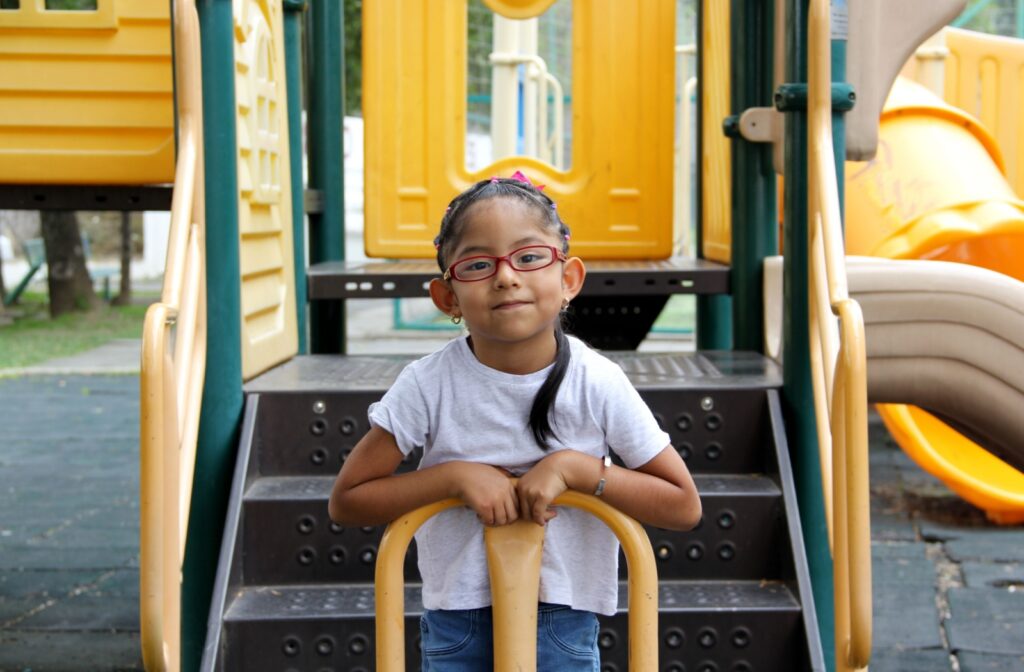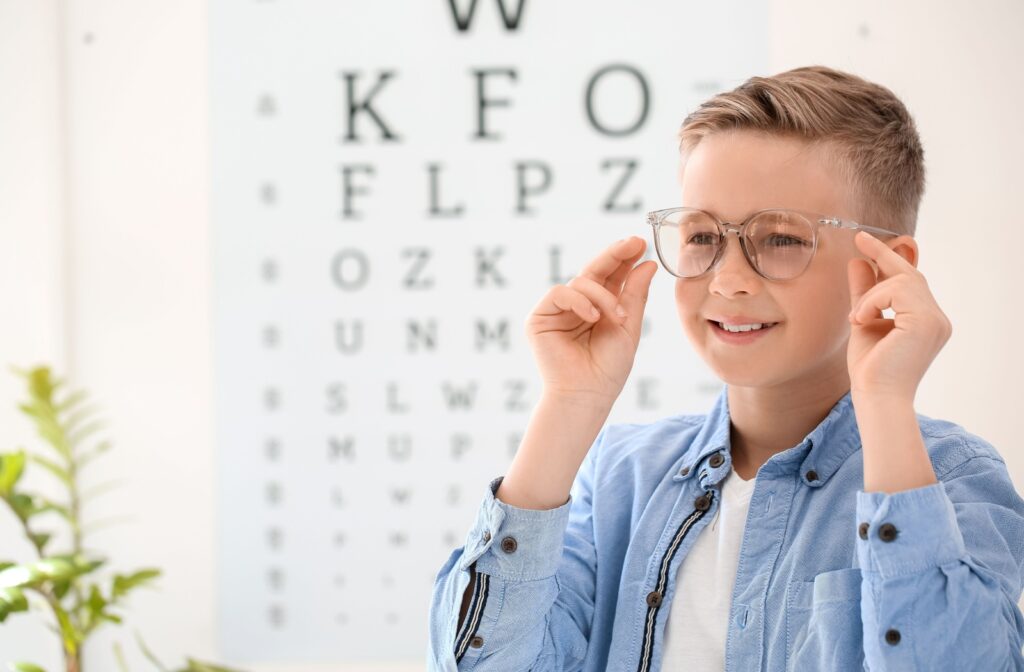Myopia, or nearsightedness, is one of the most prevalent vision conditions worldwide, affecting millions of people, including children and adults. But when it comes to managing and treating this condition, many parents and patients wonder if it can genuinely be reversed. Unfortunately, myopia cannot be reversed. However, it is possible to correct it and slow its progression through treatments like contact lenses.
What Is Myopia?
Myopia, commonly called nearsightedness, is a refractive error that causes distant objects to appear blurry while close-up objects remain clear. It occurs when the shape of the eye grows too long or when the cornea is too curved, preventing light from focusing correctly on the retina.
This vision condition has become increasingly common, with studies suggesting nearly 50% of the global population could be nearsighted by 2050.
Why It Matters to Treat Myopia
While mild myopia may seem minor, it can lead to significant vision complications if left unmanaged, particularly at high levels. Severe myopia increases the risk of retinal detachment, glaucoma, and myopic maculopathy, leading to permanent vision loss. This is why early detection and proactive management are critical.
Causes & Symptoms of Myopia
Myopia can result from various factors, often combining genetic predispositions with environmental influences.
- Genetics: If one or both parents have myopia, the likelihood of their child developing it significantly increases.
- Environmental Factors: Increased screen time, prolonged near-work activities (like reading or writing), and limited outdoor exposure play critical roles in myopia progression.
- Lifestyle Habits: Poor lighting while reading, incorrect posture, and excessive close-up work may exacerbate the condition.
The signs of myopia can vary but often include the following:
- Difficulty seeing distant objects clearly (e.g., reading road signs or seeing a whiteboard at school).
- Squinting or straining the eyes to improve clarity.
- Headaches or eye strain after maintaining focus on distant objects.
- Frequent rubbing of the eyes, especially in children.
If you or your child experience these symptoms, a detailed eye exam at the optometrist is needed.
Can Myopia Be Cured?
The term “cured” can be misleading when it comes to myopia. Once it has developed completely, there is no method to reverse the condition. However, several practical strategies exist that can slow its progression and manage its impact on daily life.
The focus of modern myopia treatment lies in controlling its development, especially in children, where intervention is impactful.
Myopia Control Methods
Advances in eye care have introduced innovative treatments designed to manage and slow myopia progression. Below are some of the options available today.
1. Atropine Eye Drops
Atropine is a low-dose medicated eye drop commonly prescribed to children with progressive myopia. It temporarily relaxes the eye’s focusing mechanism and slows the elongation of the eyeball.
Studies suggest atropine may help slow the progression of myopia, with some research indicating a reduction of up to 90% in certain cases, making it a popular treatment option. However, atropine does not “fix” or reverse existing myopia but helps manage its progression.
2. Specialized Myopia Control Lenses
Advancements in eyewear have introduced glasses and contact lenses designed specifically for myopia control. Brands like MiSight lenses use technologies to reduce eye strain associated with myopia and potentially slow its progression.
Soft contact lenses with multifocal designs or myopia-specific eyeglasses may help patients manage their condition without compromising their daily routines.
3. Orthokeratology (Ortho-K)
Ortho-k involves wearing specially designed rigid contact lenses overnight to gently reshape the cornea. This allows for clear vision throughout the day without the need for glasses or contact lenses.
Ortho-K provides a temporary correction for myopia symptoms and is used in managing myopia progression in teens and children. It combines functional benefits with control, making it a dual-purpose treatment.
Lifestyle Changes to Manage Myopia
Beyond medical interventions, lifestyle changes can be critical in managing myopia. Healthy habits can improve eye health and reduce strain, particularly in younger individuals.
1. Encourage Outdoor Time

Research indicates spending more time outdoors can slow myopia progression in children. Exposure to natural light boosts dopamine production in the retina, which helps regulate the eye’s growth.
Aim for at least two hours of outdoor activity daily to promote healthier eyes.
2. Limit Screen Time
Prolonged screen use is one of the leading contributors to myopia development. Encourage regular breaks from screens using the 20-20-20 rule—look at something 20 feet away for 20 seconds every 20 minutes.
Minimizing blue light exposure with screen filters or glasses can also help reduce eye strain.
3. Maintain Proper Reading Habits
Teach children and young adults to maintain an appropriate reading distance of 12-14 inches from books and devices. Make sure they read in well-lit environments and encourage sitting upright rather than slouching.
4. Support Eye-Friendly Nutrition
A balanced diet rich in vitamins and nutrients supports healthy vision. Incorporate leafy green vegetables, fish high in omega-3 fatty acids, and fruits like oranges and berries into meals.
Vitamin A, lutein, and zeaxanthin are necessary for maintaining overall eye health.
Taking the First Step in Myopia Management
While myopia cannot be reversed, today’s treatments and strategies make it manageable. Eyestyle Eyecare recommends early intervention and adopting preventive steps, as these strategies may help slow myopia progression, particularly in children. Results may vary based on individual factors, so consult an optometrist for a personalized myopia management plan.
Contact us today to schedule an eye exam for your child and see what myopia management can look like for them.



